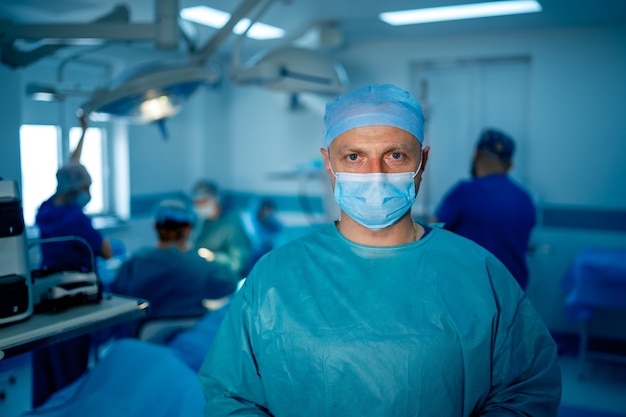
The Presets tab contains presets for the controls, and the Snapshots tab is for saved snapshots. The Controls tabs contain all of the tools that you use for original editing. There are 3 main tabs for the editing tools which are Controls, Presets, and Snapshots. There is also a floating “tips” box that can be hidden as desired.


The toolbar on the right shows the original picture on the top and the available editing categories and tools below. The picture on the right pane reflects the changes that you make on the left throughout the process. On the right pane is the same picture without any masking. On the left pane, there is the picture with the face detection mask outline with nodes, that allow you to change the shape to define the facial area as you would like. This made it the perfect photo to test PortraitPro. However, it was painfully obvious that it was overexposed and taken in such harsh light that it just about ruined the photo. It is important for me to explain that I bought this photo of my son’s graduation to support his school. Once the selection is made, and in this case, I chose child since I used my son’s picture for this review, a split screen appears with a left and right pane. This screen also has the option to rotate the picture to the correct or desired orientation. I do believe that the software uses this information for the face detection algorithm. Once the photo is selected, it will appear in the background with a selection dialogue box over it asking you to select if the picture is male, female or child.

If you select to open a single image, the file manager will open and allow you to navigate and select a photo. When you first run the PortraitPro Studio Max application, the first screen is a splash screen with 2 choices that allow you to open a single image to edit or to open a batch of images for editing.


 0 kommentar(er)
0 kommentar(er)
